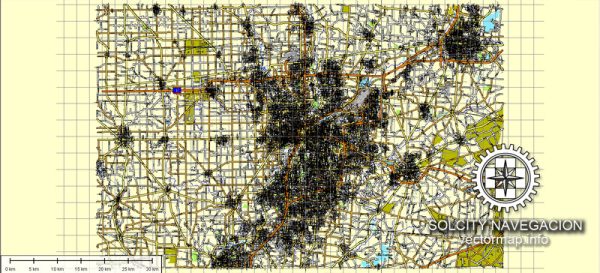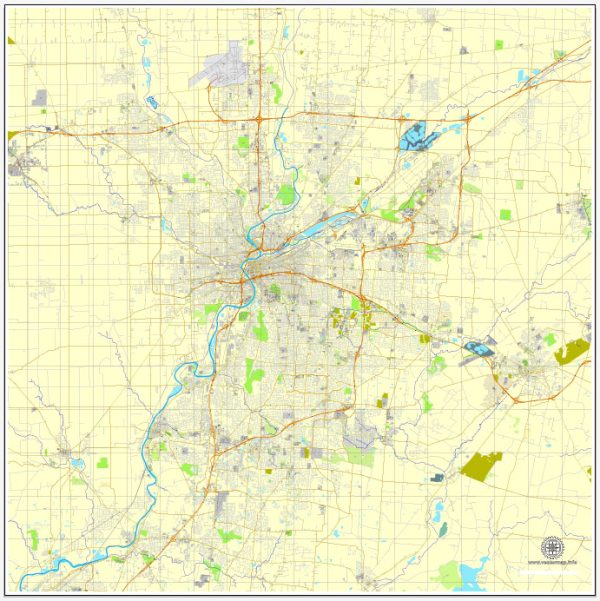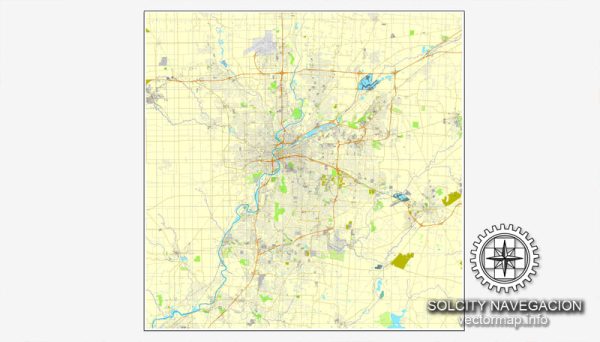Dayton, Ohio, has a rich history of urban development that spans several centuries. Here is an overview of key historical periods and events that have shaped the city’s urban landscape:
- Early Settlement and Incorporation (Late 18th Century):
- Dayton was founded in 1796 by a group of settlers led by Benjamin Van Cleve. The city was named after Jonathan Dayton, a captain in the American Revolutionary War.
- The city’s location along the Great Miami River made it attractive for trade and commerce.
- Transportation and Industrialization (19th Century):
- The construction of the Miami and Erie Canal in the 1820s further facilitated transportation and contributed to Dayton’s economic growth.
- The National Road, one of the earliest major highways in the United States, reached Dayton in the 1830s, connecting the city to the east and west.
- The arrival of railroads in the mid-19th century boosted industrialization, with manufacturing becoming a key economic driver.
- Innovation and Aviation (Early 20th Century):
- Dayton played a pivotal role in the early years of aviation. The Wright brothers, Orville and Wilbur, conducted their groundbreaking experiments at Huffman Prairie, just outside the city.
- During World War I, the aviation industry in Dayton expanded, and after the war, many aviation companies established themselves in the region.
- Post-WWII Boom and Suburbanization (Mid-20th Century):
- Like many American cities, Dayton experienced significant growth and economic prosperity in the post-World War II era.
- Suburbanization became a prominent trend, leading to the development of residential communities outside the city center.
- The construction of highways, including Interstate 75, influenced the city’s spatial organization and accessibility.
- Economic Challenges and Urban Decline (Late 20th Century):
- In the latter half of the 20th century, Dayton faced economic challenges as manufacturing jobs declined, contributing to urban decay.
- The closure of major industrial facilities and the departure of key industries had a significant impact on the local economy.
- Urban Revitalization Efforts (Late 20th Century to Present):
- In recent decades, Dayton has undertaken various initiatives to revitalize its urban core.
- The rehabilitation of historic buildings, investments in cultural amenities, and efforts to attract new businesses have been part of these revitalization efforts.
- Contemporary Urban Development (21st Century):
- Dayton continues to evolve in the 21st century with ongoing urban development projects, including mixed-use developments, infrastructure improvements, and efforts to enhance the quality of life for residents.
Throughout its history, Dayton has adapted to economic changes, embraced innovation, and worked to maintain its identity as a city with a diverse economic base and a rich cultural heritage. The city’s urban development reflects broader trends in American history, including westward expansion, industrialization, and the challenges of post-industrial transformation.




 Author: Kirill Shrayber, Ph.D.
Author: Kirill Shrayber, Ph.D.